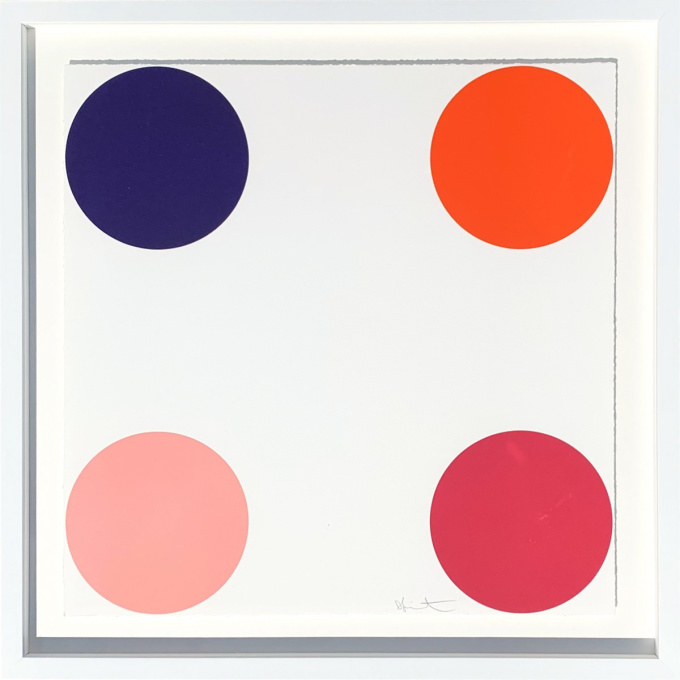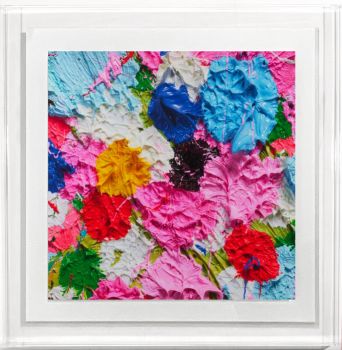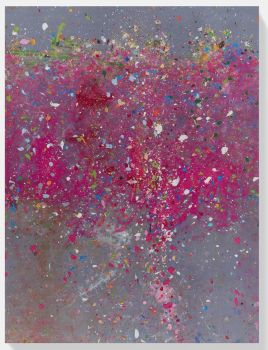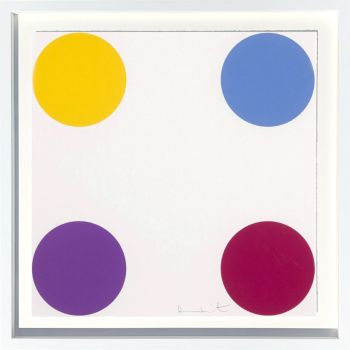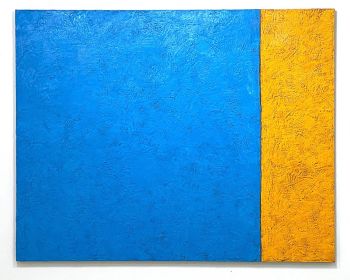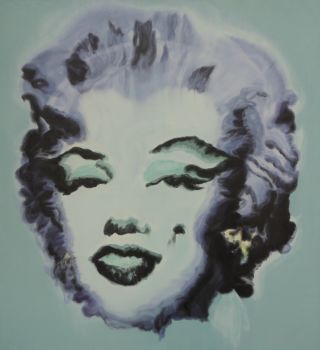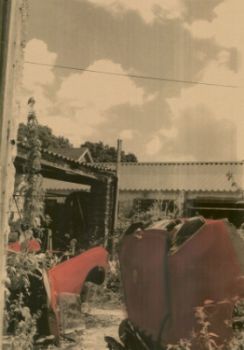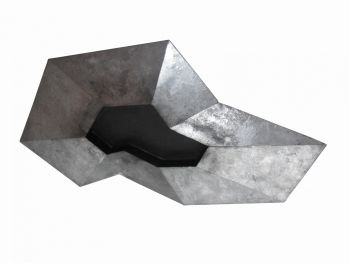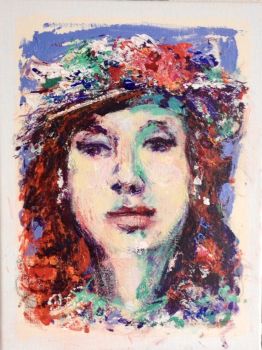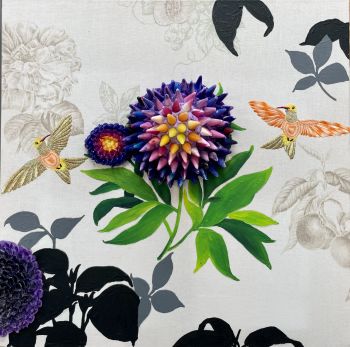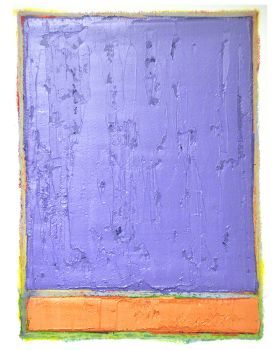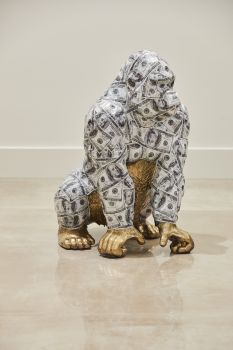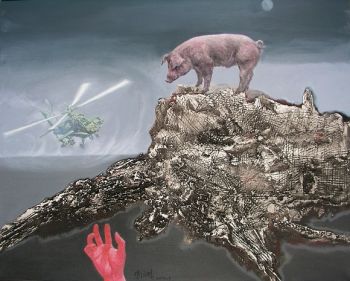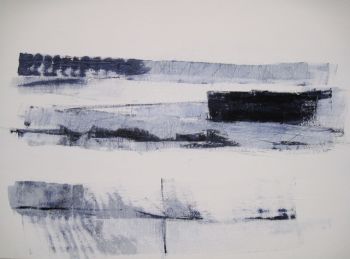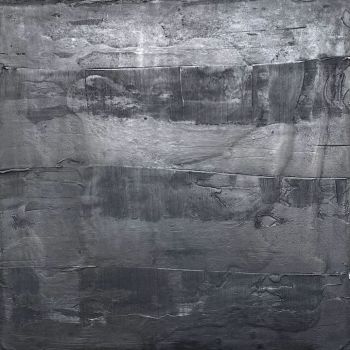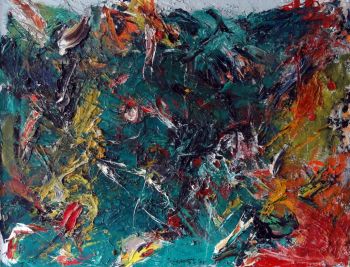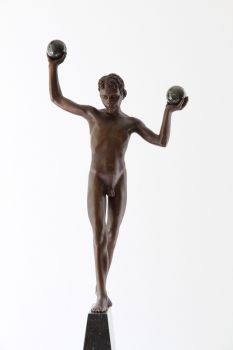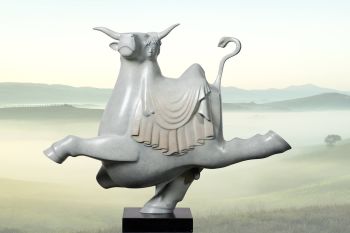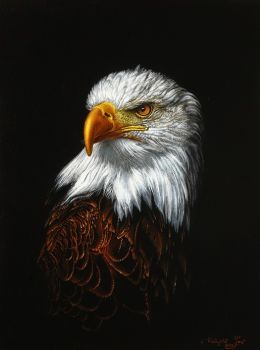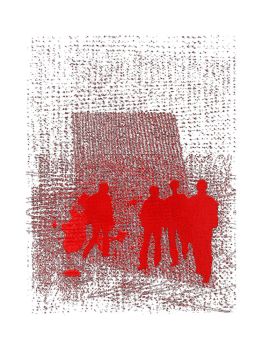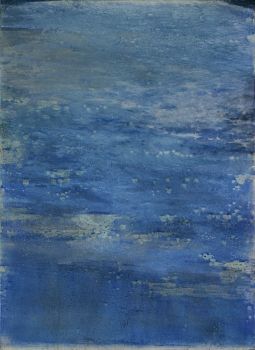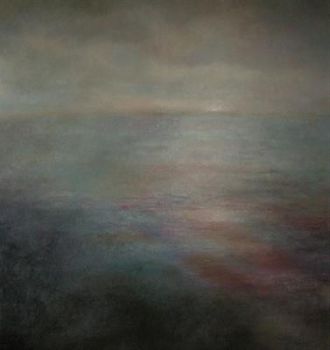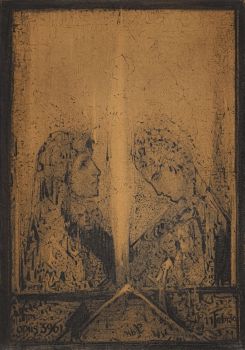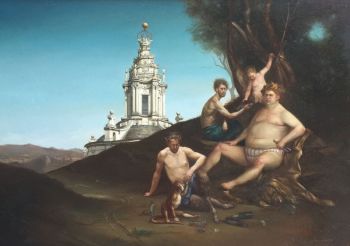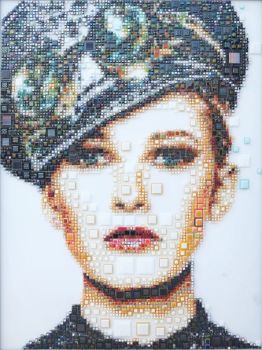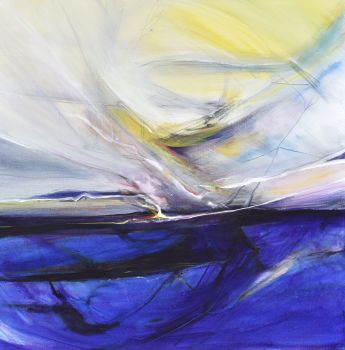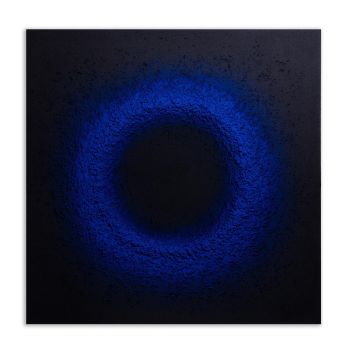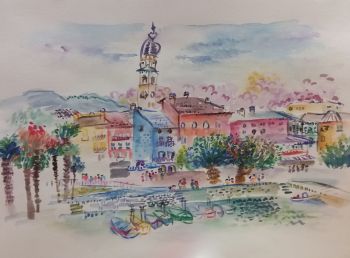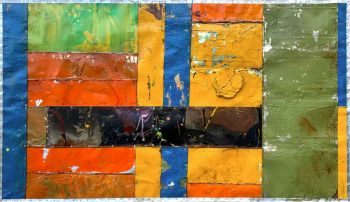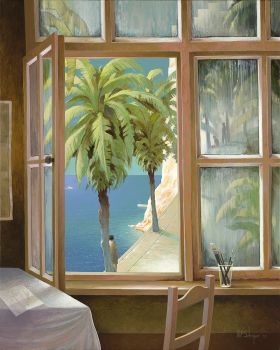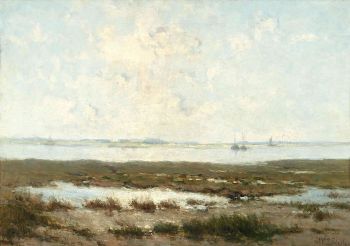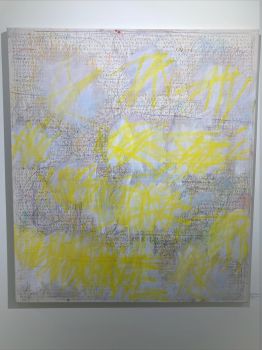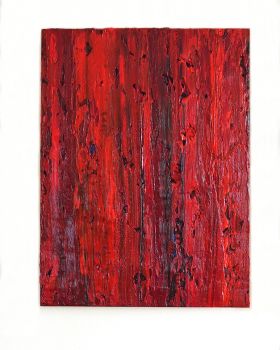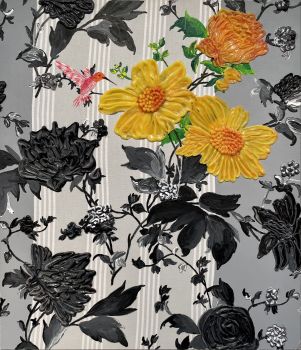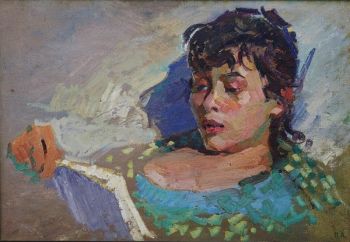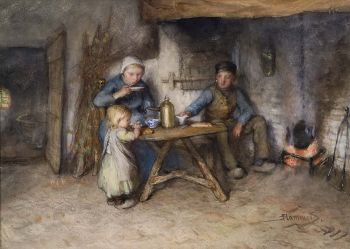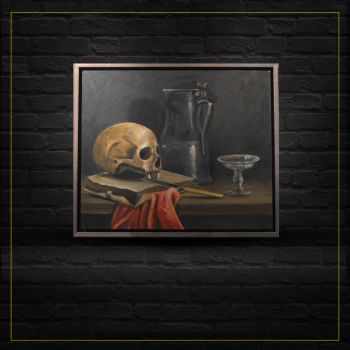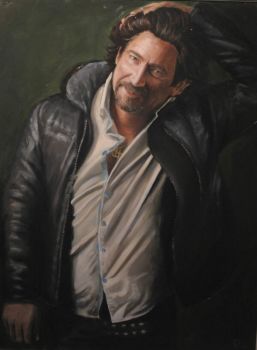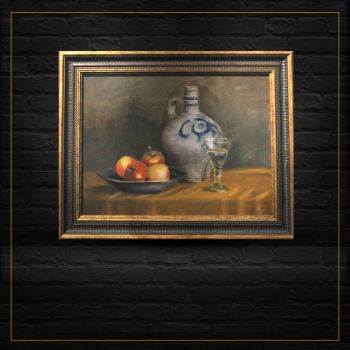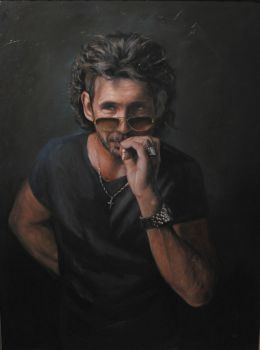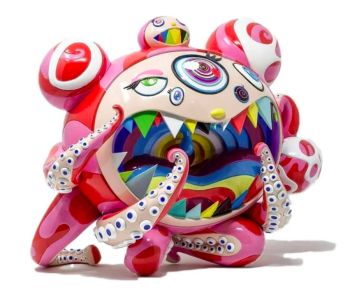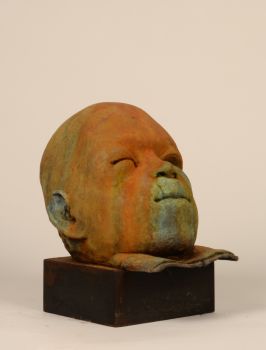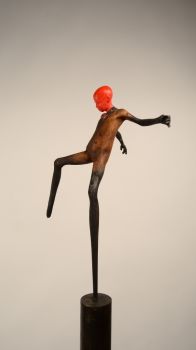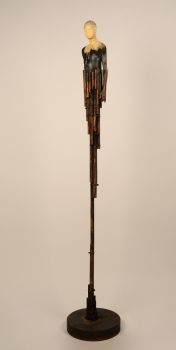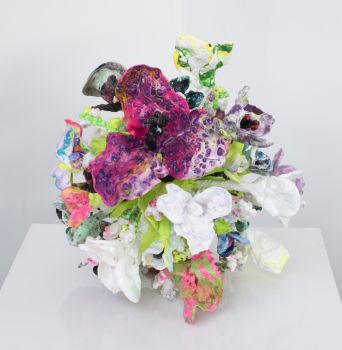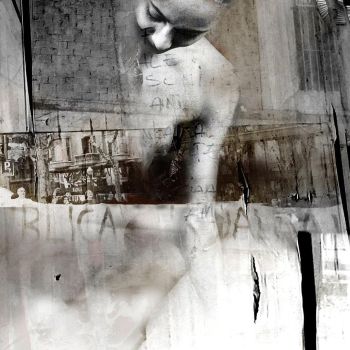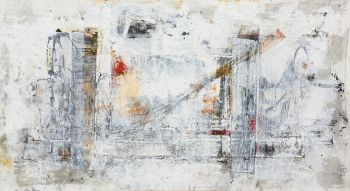Carbonyl Iron 2011 Woodcut spots (32/55) 2021
Damien Hirst
Oil and mixed media on MDF
61 ⨯ 61 cm
€ 9.900
AbrahamArt
- About the artworkDamien Hirst
61 x 61 cm
Exclusive limited edition
From the beginning of his career, Hirst was interested in the possibilities of printmaking and the multiple image. For the original series of Pharmaceutical Paintings, Hirst invented a grid with just one simple rule: for each work, all colors could only be used once. As prints, the spots seduce with exuberant colors, although the process itself is technically demanding and laborious, as each spot must be inked individually before printing.
The titles of each cartoon are taken from chemicals used by the pharmaceutical industry. - About the artist
Damien Hirst (Bristol, June 7, 1965) is one of the world's best-known living contemporary artists. From 1986 to 1989 Damien Hirst studied at Goldsmith's College in London. He belongs to the group Young British Artists (YBA) and his breakthrough came in 1988 during an exhibition called Freeze in a vacant London harbor building.
Damien Hirst explores the theme of death in his works. “I am aware of mental contradictions in everything, like: I am going to die and I want to live forever. I can't escape the fact and I can't let go of the desire.”
Damien Hirst gained worldwide fame for his artworks featuring animals preserved in formaldehyde in an aquarium, such as the shark installation (1991) “The Physical Impossibility Of Death In The Mind Of Someone Living”. The shark looks lifelike because it is just a real shark that seems to float in water. With its jaws gaping and razor-sharp teeth, it seems a direct threat to the life of the viewer, who is directly confronted with his own mortality. This work sold for 9.3 million in 2004 and Hirst's work "Lullaby Spring" was auctioned at Sotheby's in June 2007 for 14.5 million, the most expensive artwork ever auctioned by a living artist at the time.
Damien Hirst's work is an extreme and outrageous form of art in this century. Decadent to classical beauty, from the interior to the conceptual. Damien Hirst's work is always a celebration of life and it harks back to the urgent in our time: death, decay and disease. This often goes hand in hand with the sleek formality of the glass display case or the white cube. Metaphors of medicine and medical knowledge, media propaganda and alienation from nature are reflected in the form and content of his work. With influences from Francis Bacon to English punk to the pop art of the sixties. The media associates his work with death but he does equally good work on love and with a poetic approach.
Perhaps Damien Hirst's most famous work is "For the Love of God" from 2007, a platinum cast of a skull of an 18th-century European, set with 8,601 diamonds, one of which is 52.4-carat pink. The artwork "For the Love of God" has a value of at least 75 million euros, according to British media.
Are you interested in buying this artwork?
Artwork details
Related artworks
- 1 - 4 / 5
- 1 - 4 / 24
Bernardus Johannes Blommers
VADER EN MOEDER MET KIND AAN TAFEL1845 - 1914
Price on requestStudio 2000 Art Gallery
1 - 4 / 24- 1 - 4 / 8
- 1 - 4 / 12

